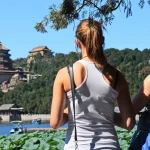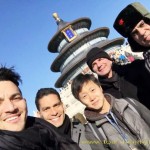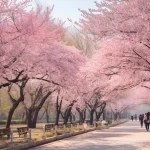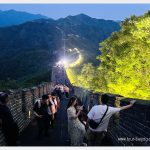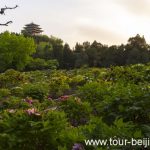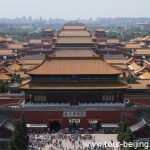Drive from Deqin to Shangri-la (Zhongdian)
Walking down the rugged hill, tired, but we feel exhilarated with our lucky encounter with Kawagebo Peak. Back to our lodging hotel in Feilaisi around 11:15 am, 12 October,2015, we check out and upload our large pieces of luggage, handbags, tripods up to our Toyota Highlander SUV, ready to go to Shangri-la ( formerly Zhongdian…
